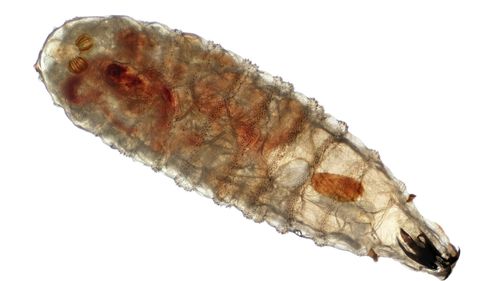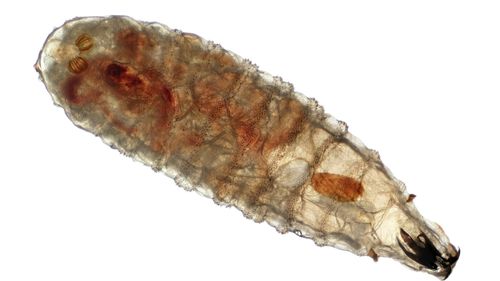Share this @internewscast.com
Beth Thompson, South Dakota’s state veterinarian, told Reuters that she was notified of the case within the last week by a person with direct knowledge of the Maryland case.

The sole operating plant is in Panama City and can produce a maximum of 100 million sterile screwworm flies each week. The USDA has estimated that 500 million flies would need to be released weekly to push the fly back to the Darien Gap, the stretch of rainforest between Panama and Colombia.
Screwworms have been traveling north through Mexico from Central America since 2023. They are endemic in Cuba, Haiti, the Dominican Republic and countries in South America, according to the USDA.
Mexico reported a new case about 370 miles south of the U.S. border in Ixhuatlan de Madero, Veracruz, in July. The USDA immediately ordered the closure of livestock trade through southern ports of entry, after previously halting imports in November and May.
The U.S. typically imports over a million cattle from Mexico a year to fatten in feedlots and process into beef.
Screwworms were eradicated from the United States in the 1960s when researchers began releasing massive numbers of sterilised male screwworm flies that mate with wild female screwworms to produce infertile eggs.
The USDA has estimated a screwworm outbreak could cost the economy in Texas, the biggest U.S. cattle-producing state, about $1.8 billion in livestock deaths, labor costs and medication expenses.














